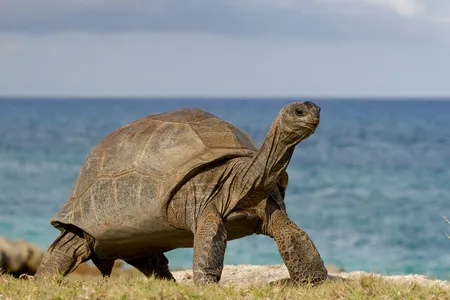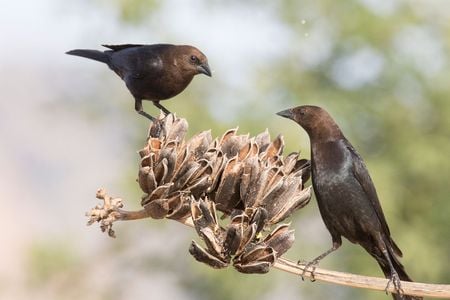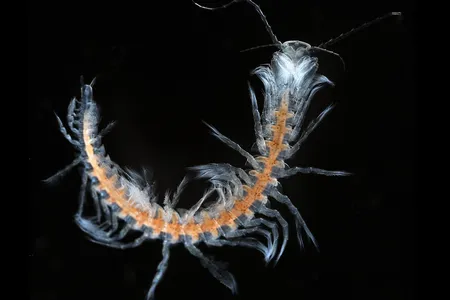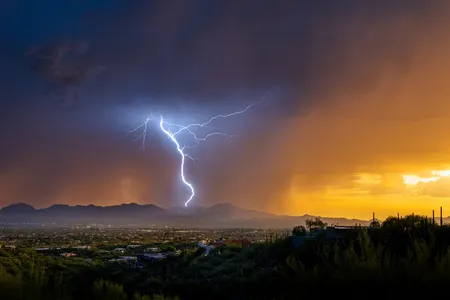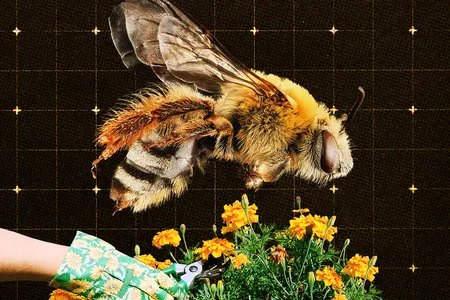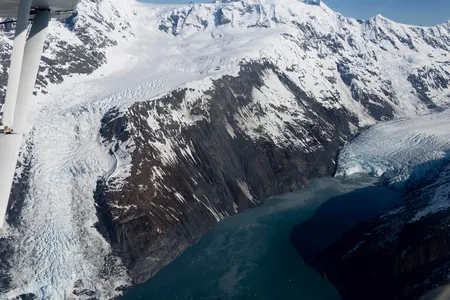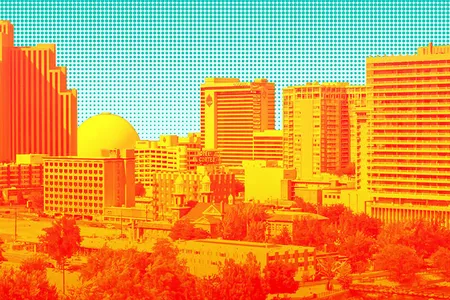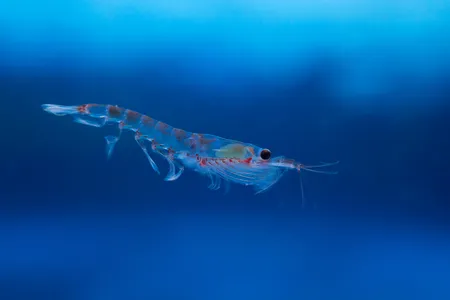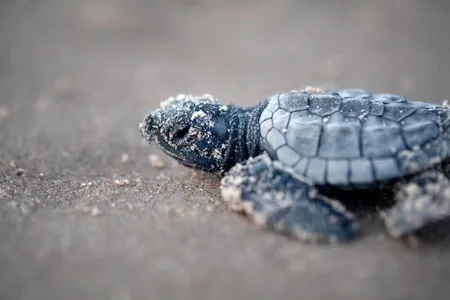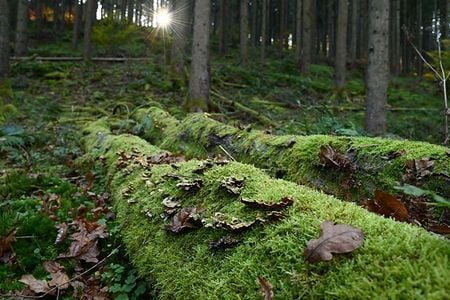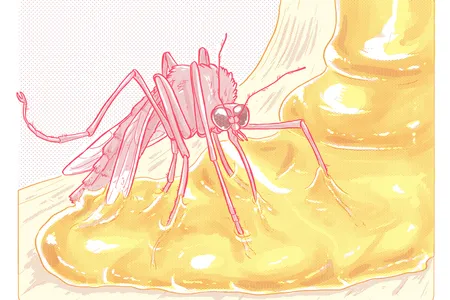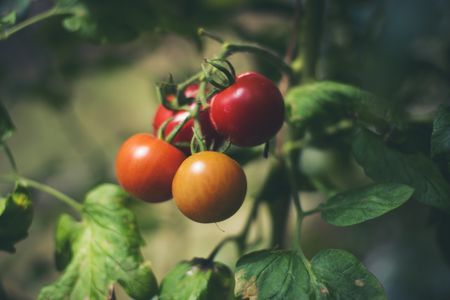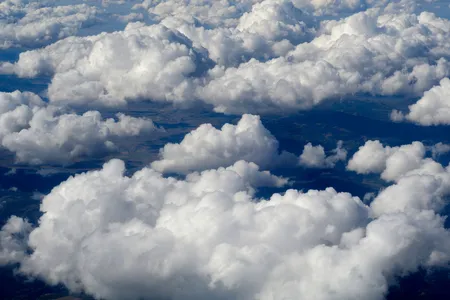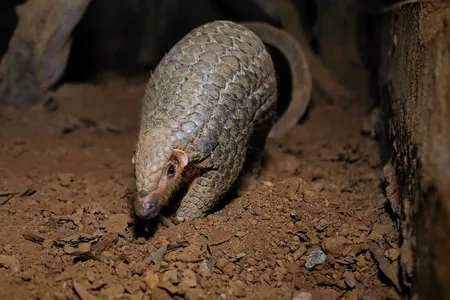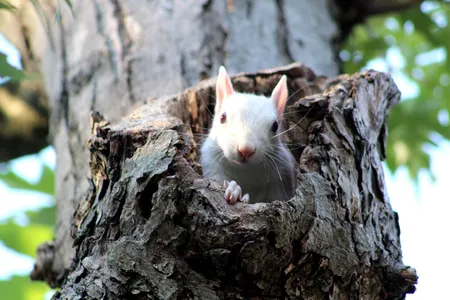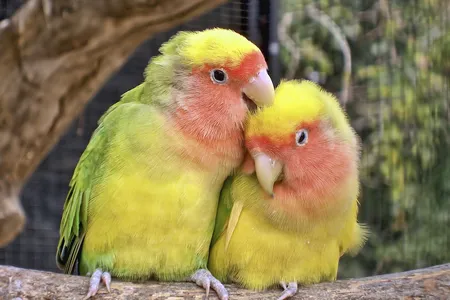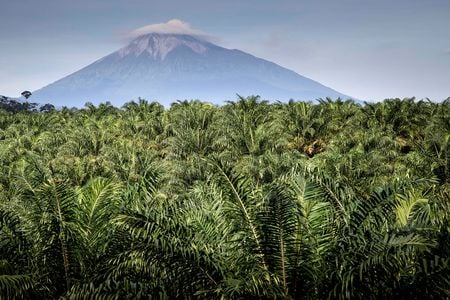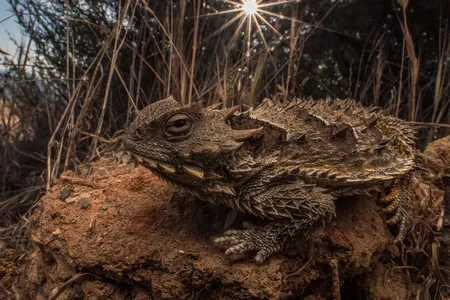Thousands of Giant Tortoises Anchor a Thriving Ecosystem on Aldabra, a Remote Atoll in the Indian Ocean
The animals graze the vegetation into a picturesque turf, fertilize the soil with their dung and disperse seeds over large distances
Destinations Hit by Natural Disasters Need Tourists Back—but Maybe Not in the Same Way as Before
Places like Maui and Asheville, North Carolina, rebuilding after wildfires and hurricanes, are doing so with a mind to sustainable tourism
A Revealing Look Into the Surprisingly Tricky Sex Lives of Birds
Even among the most durable migratory bird pairings, sexual exclusivity is rarely part of their relationship
You Might Think of Shrimp as Bugs of the Sea. But a Remarkable Discovery Shows the Opposite: Bugs Are Actually Shrimp of the Land
A recent study suggests that insects branched out from crustaceans on the tree of life
Smithsonian Photo Contest Galleries
See 15 Photos That Will Remind You to Appreciate the Rain
Take a look at these Smithsonian Magazine Photo Contest pictures of this precious precipitation
The Swarm of People Intent on Saving Our Bees
An army of experts and citizen scientists devoted to documenting and protecting the country’s native bees is telling us a lot about the hidden lives of these insects
A Century Ago, Pioneering Astrophysicist Cecilia Payne-Gaposchkin Showed Us What Stars Are Made Of
The trailblazing Harvard scientist, who documented the dominance of hydrogen and helium in stars, is still inspiring researchers today
Studying This Slow-Moving Alaskan Landslide May Help Avert Future Disaster
If the landslide at the Barry Arm fjord collapses, its falling ice and rock could generate a devastating 650-foot-high tsunami
Citizen Scientists Are Hitting the Streets of the Country’s Fastest-Warming Cities to Collect Detailed Temperature Data
The heat mapping of metros like Reno, Nevada, could be key to taming urban heat, saving lives and designing for a cooler future
Tiny Antarctic Krill Benefit the Planet in Big Ways, but Face a Barrage of Threats
The bountiful creatures sequester carbon and are a vital food source for marine predators, but their future is uncertain
Inside the Herculean Effort to Study and Save the World’s Smallest Sea Turtle
After years of steady gains, a decades-long conservation program dedicated to the Kemp’s ridley hits rough seas
What Happens to a Tree That Dies in a Forest?
Rotting logs turn out to be vital to forest biodiversity and recycling organic matter
How a Fragile Insect Living 100 Million Years Ago Becomes a Fossil
A bug, a dinosaur and a tree intersect, creating the perfect conditions for resin to capture a moment in time
Can Electro-Agriculture Revolutionize the Way We Grow Food?
A new technology is pushing the boundaries of farming by using electricity to grow crops without photosynthesis
A Brief and Amazing History of Our Search for Life in the Clouds
By collecting samples after climbing a high peak and firing rockets with special traps into the upper atmosphere, scientists have found microbes living in thin air
Will the Traditional Chinese Medicine Industry End the Pangolin?
The creature is being trafficked across Africa and Asia to fuel a steady demand for their scales, an ingredient in unproven remedies
Can a Small Town’s Protections for Albino Squirrels Inspire Other Cities to Guard Wildlife Against Cats?
Olney, Illinois, has taken steps to protect an iconic mammal from domesticated felines, setting a possible model for other places to follow
14 Fun Facts About Lovebirds, From Their Lifelong Devotion to Surprising Aggression
The cuddly, colorful parrots have become a symbol of Valentine’s Day. Here’s what to know about the famously affectionate birds
The Search to Find the Remains of Homo Erectus in a Vanishing Landscape
A paleontologist journeys through Indonesia’s Riau Archipelago in search of our earliest ancestors, and uncovers how environmental devastation has erased much of the region’s history
Here’s How the Los Angeles Wildfires Are Affecting Animals, From Fish to Snakes to Birds
While scientists were able to save and move some creatures in the aftermath, researchers are worried about the prospects for other species
Page 2 of 102
